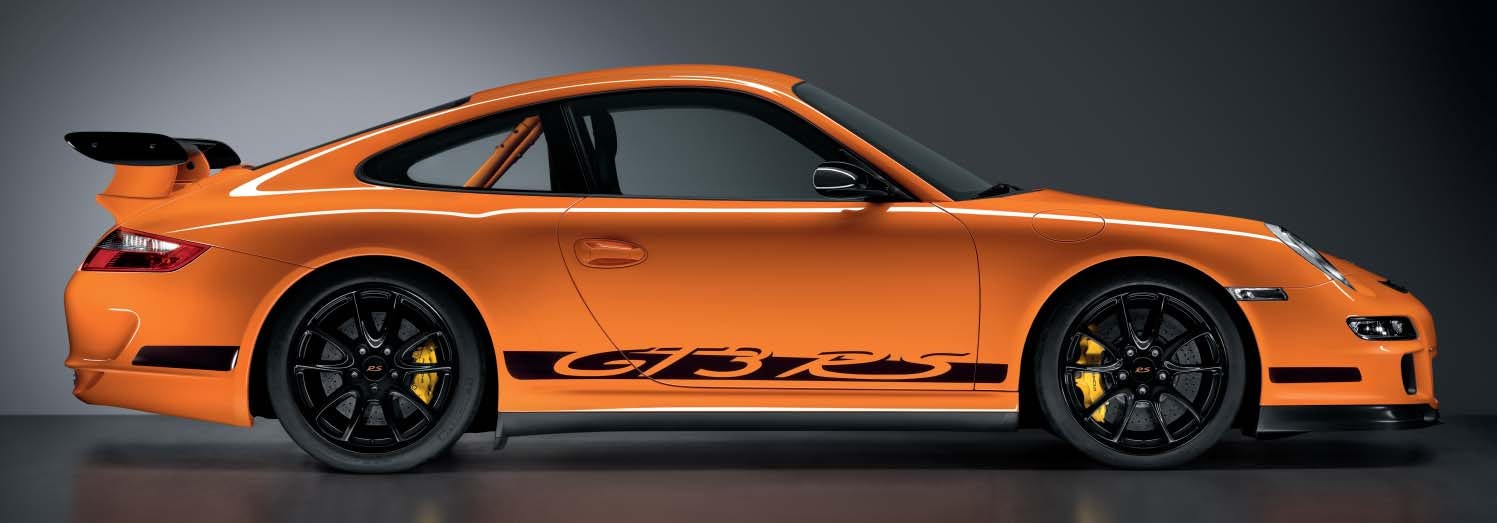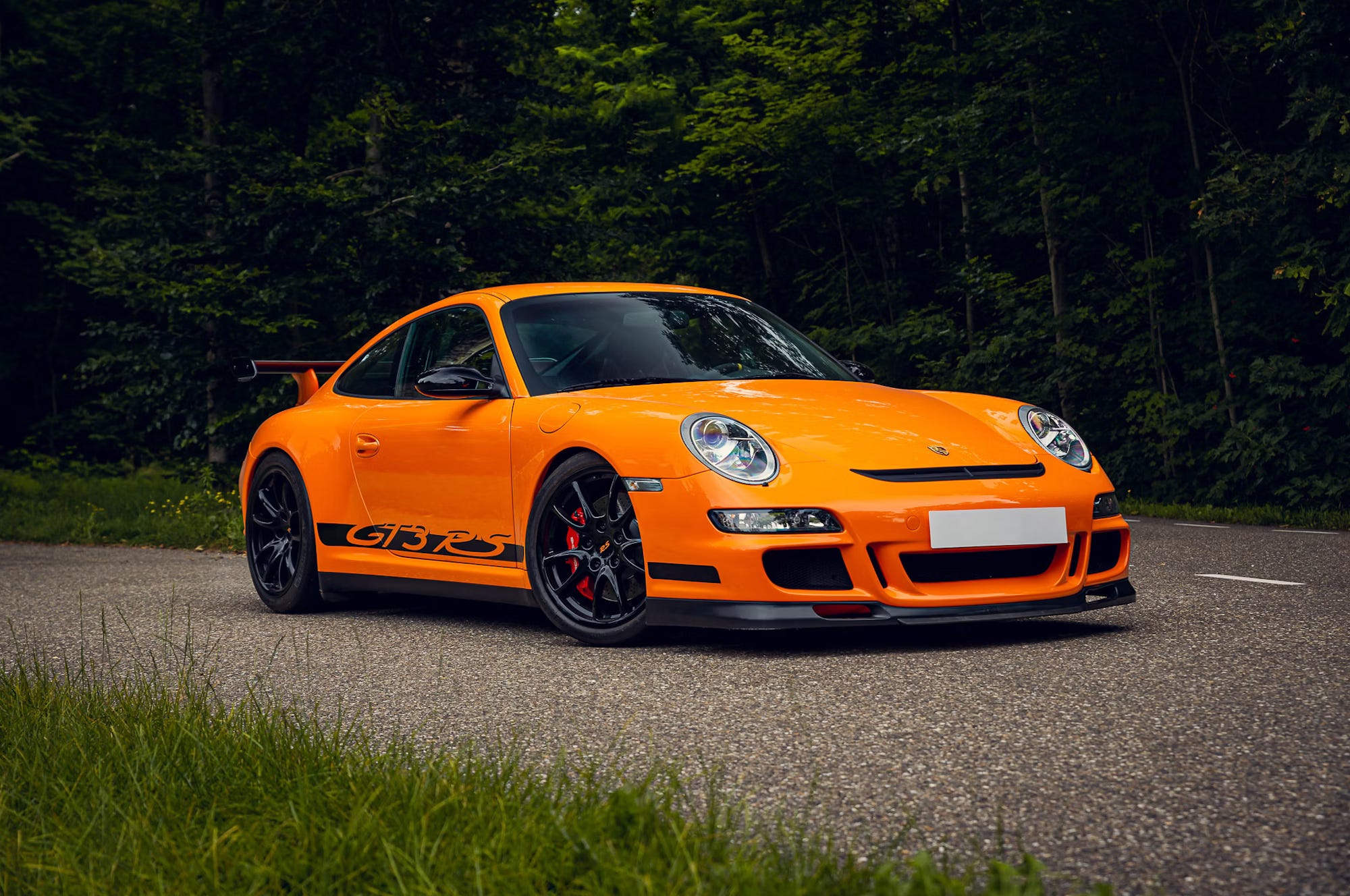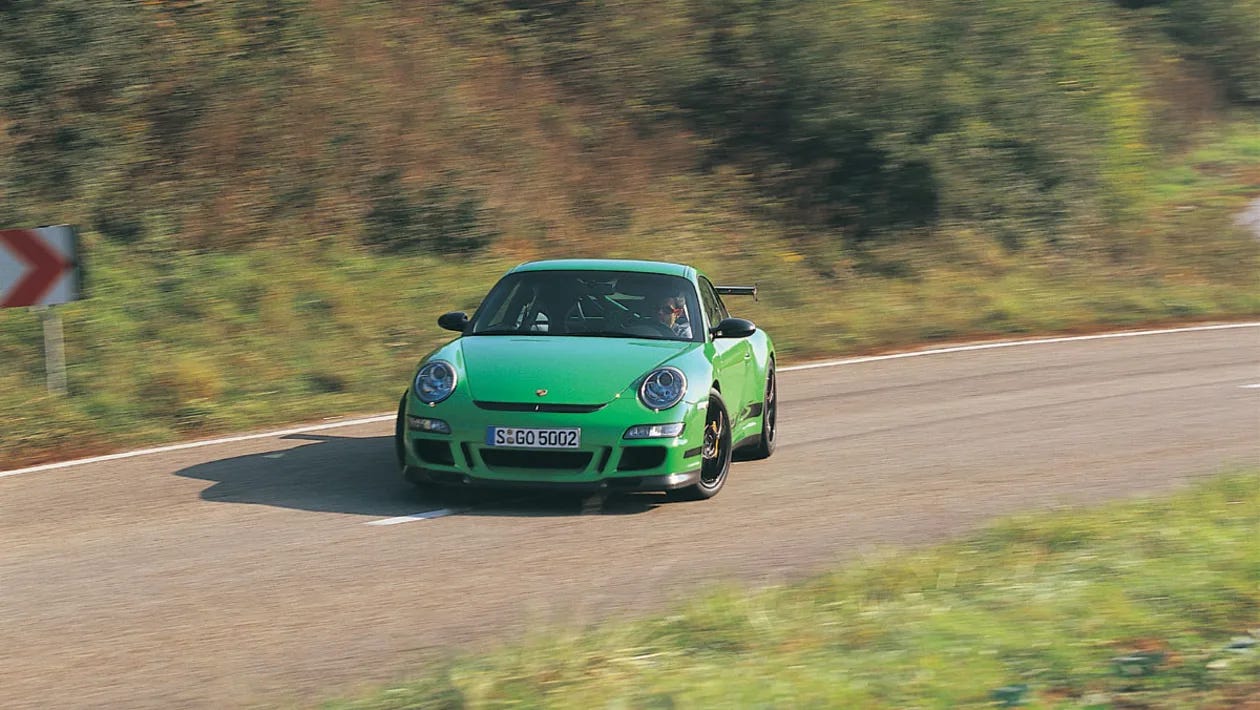Porsche 997.1 GT3 RS—In-Depth Car Guide
Inside Porsche’s rawest Mezger 911, the last GT RS without a safety net.
Porsche introduced the 997.1 GT3 RS as a street-legal homologation special, tuned for extreme track performance. Walter Röhrl lapped the Nordschleife in 7:42, three seconds faster than the standard GT3. That margin might seem small, but it emerges in the scariest high-speed corners, showing the RS’s edge where it matters most. Engineers used a C4S shell widened by 44mm, a carbon-fiber rear wing, and a single-mass flywheel to strip mass and sharpen reflexes. The plastic rear window carved another few kilograms. They extended the wheelbase by 5mm, revised the rear offset by 34mm, and stiffened the suspension. Despite carrying the same 3.6L flat-six from the renowned Mezger engine lineage, the RS moves with more stability through fast bends.
A 3.6-liter Mezger-based flat-six developing 415 bhp at 7,600 rpm sits behind the rear axle. It revs to 8,400 rpm, aided by titanium rods and lightweight valves. Torque peaks at 405 Nm, delivered with immediacy through a close-ratio six-speed manual. Porsche gave the gearbox a single-mass flywheel, saving 8 kg and making the revs spike with quick stabs of the throttle. The chassis weighs roughly 1,375 kg wet—about 20 kg less than the normal GT3.
Importantly, the 997.1 GT3 RS is the last GT model without stability control, heightening the analog character. The standard roll cage, harness mounts, and carbon bucket seats reveal its circuit-focused purpose. The wide track clamps big 305-section rear tires on 19-inch rims. Aerodynamic touches create stable downforce at high speed, fueling confidence in fast sweepers. Despite the raw edge, the 997.1 GT3 RS remains tolerable on public roads, bridging a gap between everyday usage and near-race readiness.
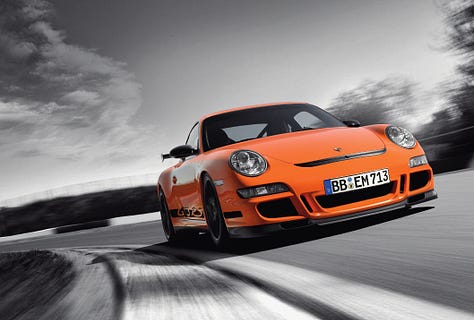


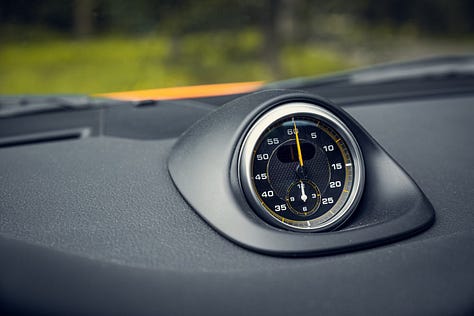

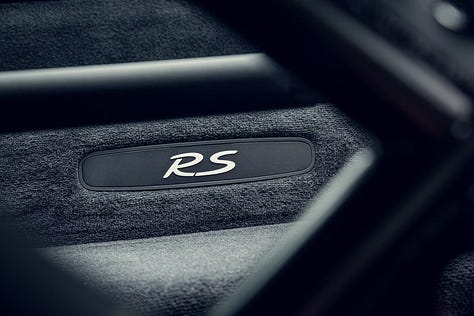
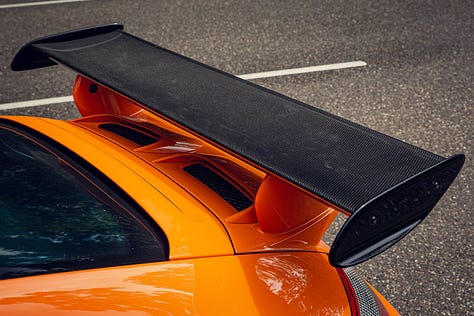
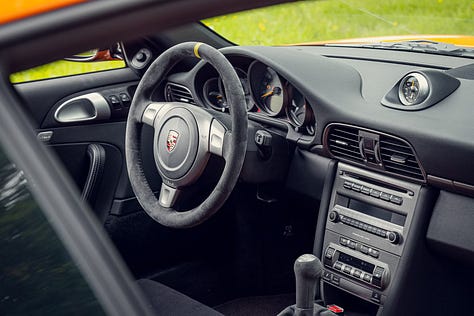
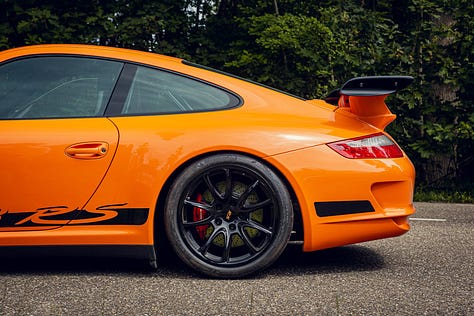
Fact sheet
ENGINE3.6L Flat-Six (Mezger)
415 bhp at 7,600 rpm
405 Nm at 5,500 rpm
TRANSMISSION6-Speed Manual with Single-Mass Flywheel
WEIGHT1,375 kg
~
TOP SPEED310 km/h — 193 mph
YEARS PRODUCED
2006–2009
TOTAL PRODUCTION1,106
~

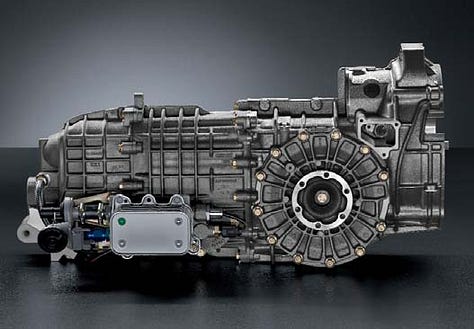

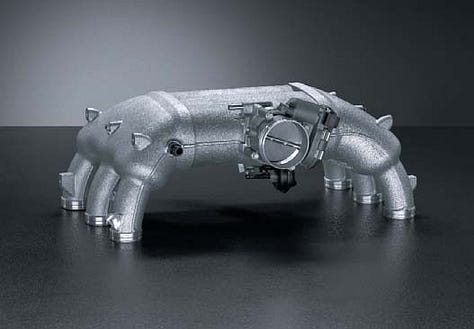
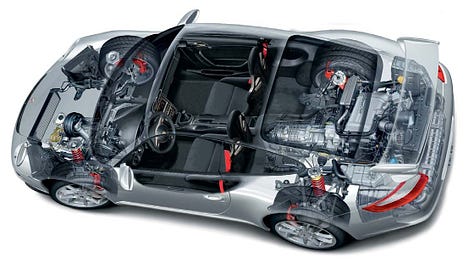


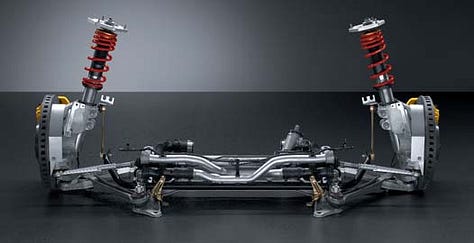
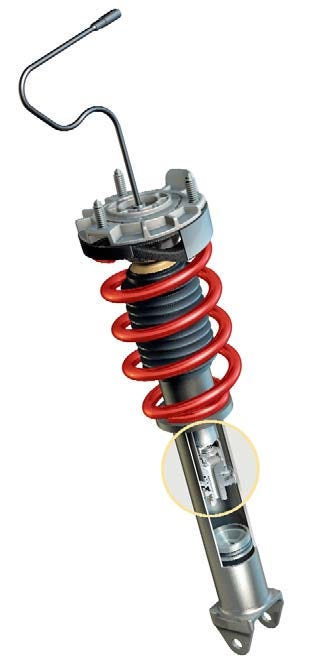
Era-specific context and influence
Safety and emissions rules added weight to performance cars, but Porsche countered by trimming fat and ramping up aerodynamics. The 997.1 GT3 RS emerged as a homologation machine, bridging full-blown racing and street compliance. Cup-series victories and Porsche Club events proved the GT3 RS concept, strengthening its reputation as a purist’s pick.
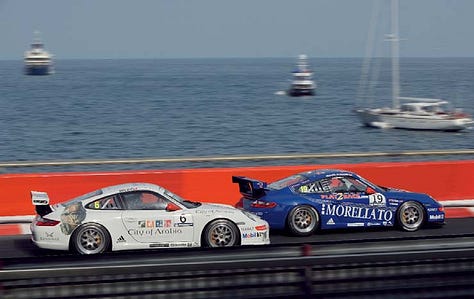
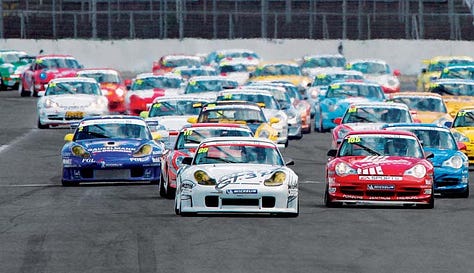
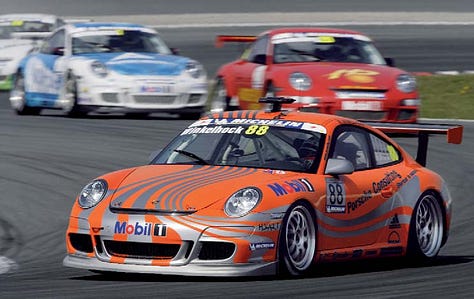
Competitors comparison
Ferrari’s 430 Scuderia emphasized track aggression with a quick-shifting gearbox and a high-rev V8. Lamborghini’s Gallardo used a heavier chassis and all-wheel drive. The Corvette Z06, front-engined and torque-heavy, lacked the GT3 RS’s balance and detail. The 997.1 GT3 RS offered direct steering and raw engagement, standing apart at the limit.
The use-case rule
This 997.1 GT3 RS fits the role of an occasional track tool that remains valid on a weekend blast. In a varied garage, it supplies the raw, high-rev driving style missed by more insulated supercars. It tackles fast road segments or circuit laps with equal intensity.
Upgrades and restomods
Many owners leave the car stock, trusting the factory’s fine-tuned approach. Some install full roll cages for club racing or refine the exhaust note with aftermarket systems. Retrofits like a front-axle lift kit are also possible, helping prevent scraping on driveways and speed bumps. Beyond that, widespread restomods are uncommon. Authentic examples carry a premium.
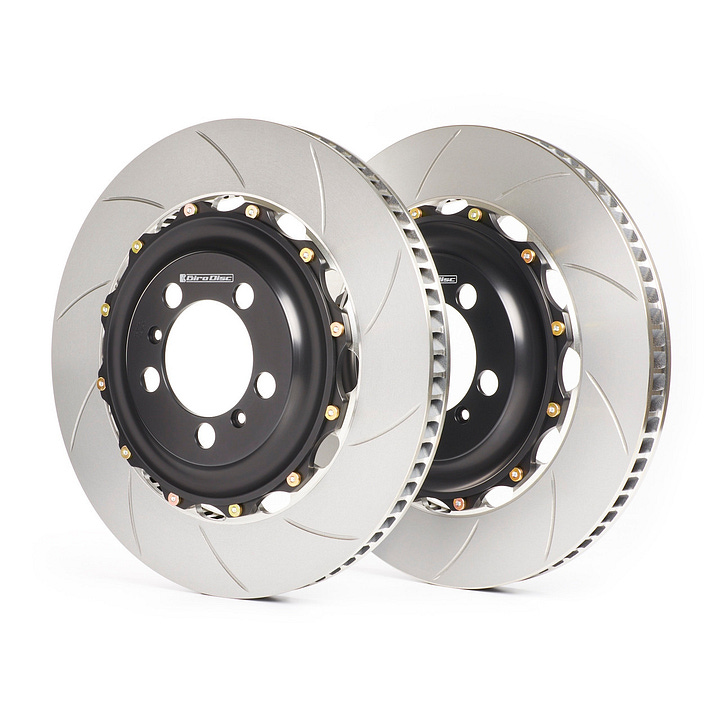
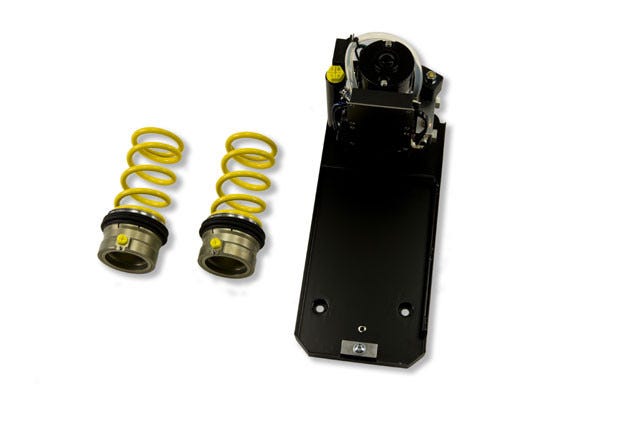
Why it is special
The 997.1 GT3 RS channels motorsport technology into a road-legal package. Every revision slashes weight, improving mechanical feel. The difference from a standard GT3 is small on paper, yet crucial on track and in the driver’s seat. The wide stance, carbon rear wing, and single-mass flywheel create a machine that roars past any illusions of compromise. It’s an intense, analog 911, overshadowing heavier, more automated rivals of the mid-2000s.
The Stradale spec
Orange paint with Black graphics highlights the wide body. Carbon bucket seats keep the driver planted. A half-cage remains behind the seats. For our Stradale Spec, we choose the standard steel brakes over PCCB. They offer better pedal modulation and superior bite when cold, making them ideal for everyday usability, while still providing ample stopping power for spirited drives and track sessions.
Real-world ownership experience
The RS’s stiffer suspension and bigger track can make bumpy roads feel harsh, but it rewards on smooth tarmac. Drivers appreciate the near-instant throttle pickup from the lighter flywheel. The steering gives unfiltered feedback. Maintenance schedules mimic the normal 997 GT3, though track usage demands thorough checks on brake wear, alignment, and fluid changes. Porsche clubs host track sessions and meetups where owners discuss suspension tweaks or best-lap bragging rights.
Sources
Porsche’s “The new 911 GT3 RS and the 911 GT3” official brochure
Front lift suspension kits:
Market insight
Keep reading with a 7-day free trial
Subscribe to Stradale Car Culture to keep reading this post and get 7 days of free access to the full post archives.


